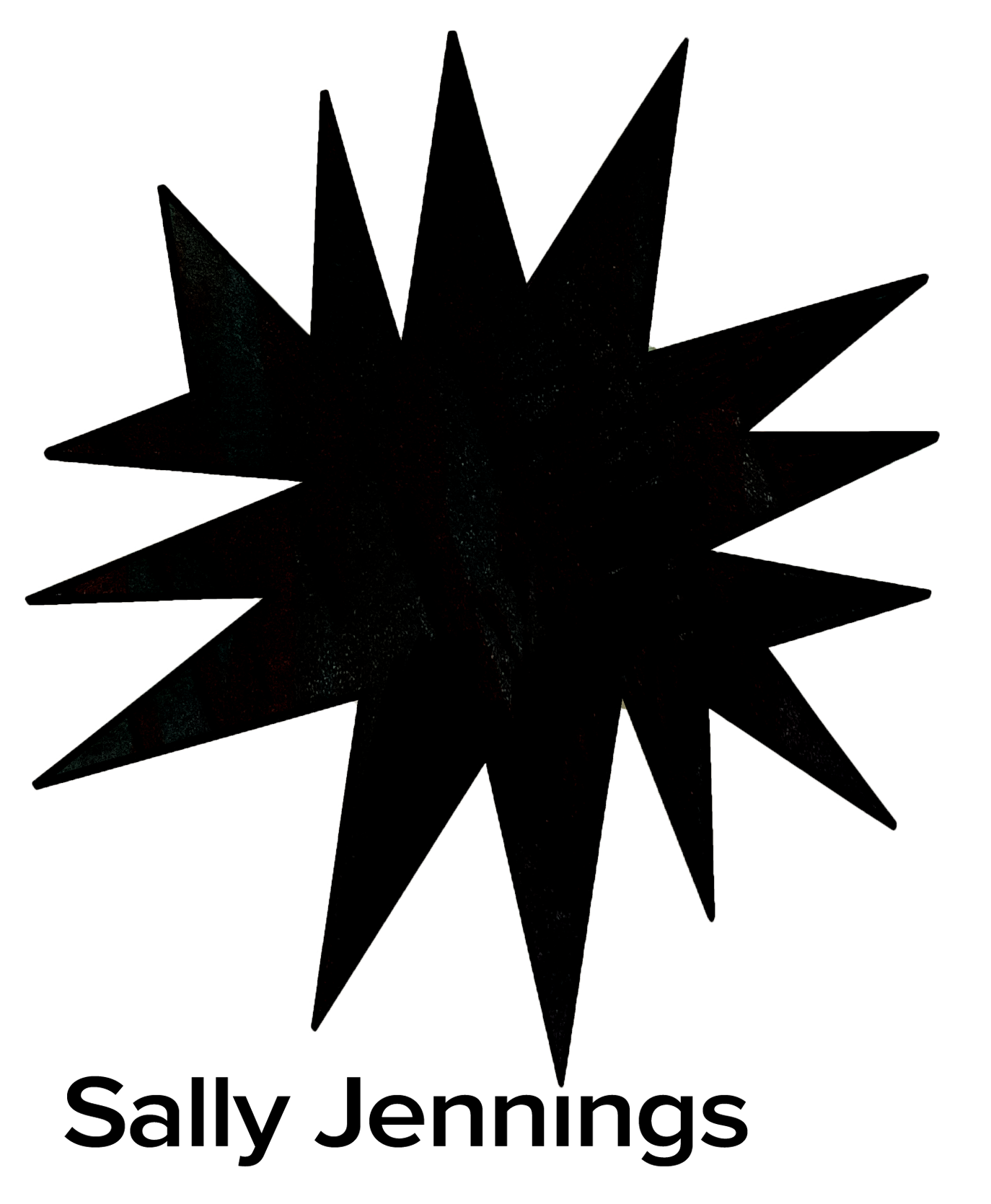As part of the Pint of Science festival's 'Creative Reactions' project, I worked with Dr Bjoern Seitz from Glasgow University's Physics and Astronomy department, and his PHD students, to create an audio-visual installation. We repurposed a scintillator, used to detect cosmic radiation, to generate ambient sound and specific colours of LEDs depending on the energy levels of the radiation it detected. The pyramid structure and the mirrored box (in which sat the scintillator), are an homage to the muography experiments in the pyramids in Egypt, performed in the 1960s, where scientists attempted to find new vaults and tombs hidden in the pyramids through patterns in the detection of radiation. The mystery of radiation inside the pyramids, and the general mystery of radiation as an invisible force, was a key concept of this installation. I wanted to make the invisible visible by giving colour, form and a voice to quantum phenomena.
The Press Release for the Pyramid:
In the presentation of artwork to the public, there is a determination of each piece’s objecthood or nature. The first viewing of an artwork within a particular environment cements it within this context, making as much of an impact on the reading of the piece as the artistic motivation for making the work. Much as an artwork is surrounded by a definite context once viewed by an audience, much of the microscopic world around us only becomes real once an observation has been made. Up until that point, the world remains uncertain, existing as multiple possible outcomes.
The reason why you are looking affects what you see. We can unravel what we are experiencing to find the source of the stimuli, creating a static, reductionist view of the most fundamental building blocks of our perceived experience, or inversely, we can work outwards from these building blocks to paint a fuller picture of our experienced reality. When studied in either way, the object we are looking at begins to have character, a different presence. We can choose to ignore or incorporate the wider environment in what we are looking at. We can step back to view a bigger picture, or we can focus in on the minutiae of what we are experiencing.
When you are presented with introductory material, such as a press release, you begin a kind of hide and seek with the artwork, where you expect to find yourself experiencing the work in a particular way and may bend your perspective to fit with someone else’s. Therefore, the explanatory material for this artwork has been kept away from the initial viewing of the piece itself, to allow you to experience it with as few limitations on your experience as possible. The pattern of light and sound is triggered only by the random act of cosmic rays passing through a miniature scintillation detector hidden within the piece.
Your exchange with this work is entirely unique to you, the cosmos may occasionally chime in when it has something to say.
